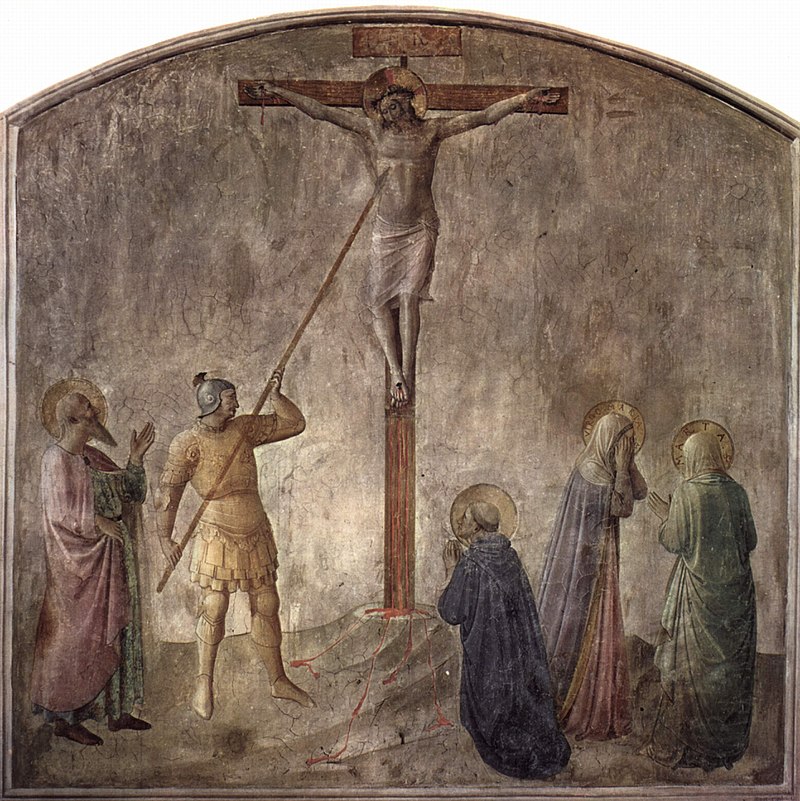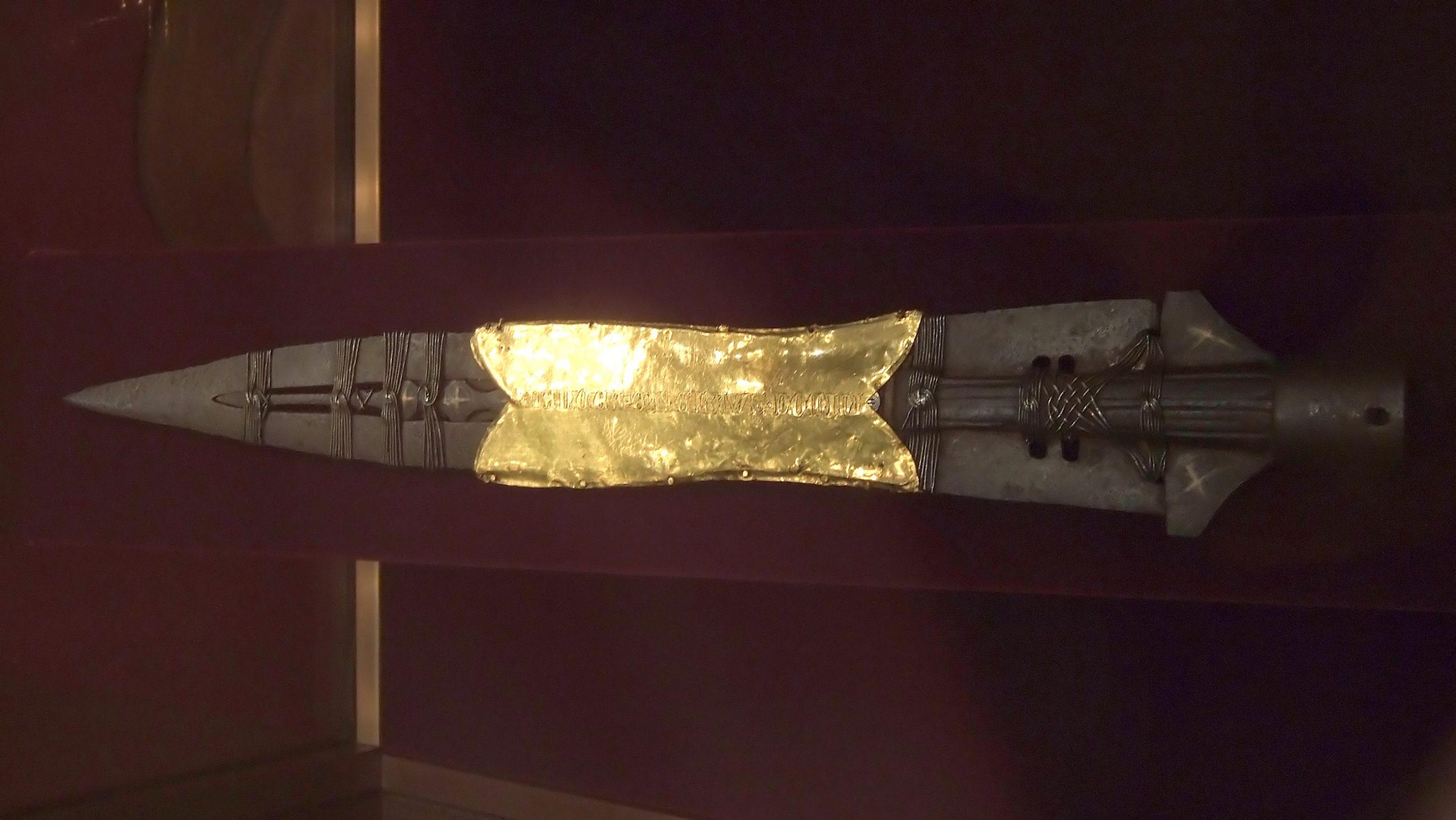 he Holy Lance, the Spear of Destiny, or the Holy Spear may just be one of the most important artifacts in the history of Christianity. Not much is spoken about the Roman spear that killed Jesus Christ and this is because most people believe that he died initially from the crucifixion, which led to the loss of blood.
he Holy Lance, the Spear of Destiny, or the Holy Spear may just be one of the most important artifacts in the history of Christianity. Not much is spoken about the Roman spear that killed Jesus Christ and this is because most people believe that he died initially from the crucifixion, which led to the loss of blood.
Religion is all about belief and everyone judges things with their own intuition. Those who believe that the death blow had been served by a spear, see the artifact as full of evil and thus some conclude that the spear has been hidden from the public. John 19:34 mentions that Jesus had in fact been stabbed by a Roman soldier with a spear.
“And another took a spear, and thrust it into His side, and out came water and blood.”
Matthew 27:49
Another controversial argument has been built up in the literature where some say that he had been hit with the spear after he had passed away, however Matthew says that upon being hit with the spear, Jesus cried out loud from pain and after passed away.

Above all the arguments and controversies, the existence of the spear itself is something that is unclear. Things become even more complicated with the integration of false artifacts and relics that are being produced by the black market in order to resale at a high value. It reaches a point where we do not know which one is true and which is the fake or even if that is the actual spear that struck Jesus.
One illustration comes from Armenia, where a spearhead believed to be the Holy Lance is on exhibit at the Museum Manoogian and housed in a reliquary from the 17th century. The relic appears to be fairly old, although the earliest written mention of it is from a 13th-century text, thus around 1,200 years are unaccounted for.
Some schollars do not believe that the example mentioned above is real, they say that the spear of destiny or holy spear is not found as it has been hidden for obvious reasons. It would not be a suprise that the one of display happens to be a fake, many cases have been found where fake artifcats have been displayed in museums. This is not done in bad spirit, simply put these fakes are so good that even experts are having a hard time defying what is real and what isn’t.
The one true issue in the case of the holy spear is that none of the accounts detail what the spear actually looked like. The early Roman Pilum Spear was quite simplistic in it’s design, whilst the holy spear that is presented by people as being the actual thing looks quite advanced for that period of time.

Ancient Roman Iron Socketed Pilum Spear (Source: CataWiki)
The earliest discovery of the lance was located below the dome of St. Peter’s Basilica in Rome and was given to Pope Innocent VIII in 1492 after the Turkish conquest of Constantinople. Once again, what happend with the 1,200 years of unaccounted history, because no sain person would beleive that such a hot artifact would not be touched for such a long period of time or even attempted to be stolen.
One interesting aspect is that the Vatican upon being asked about the authentichyty of the holy spear, he does not claim authenticity for any of the pieces presented. Through this he does not deny it’s existence, but neither supports it. In my knowledgeable opinion, such an important artifcat is to precious to be lost and way to valuable to be forgotten.
Avid Writer with invaluable knowledge of Humanity!
Upcoming historian with over 30 million views online.
“You make your own life.”





